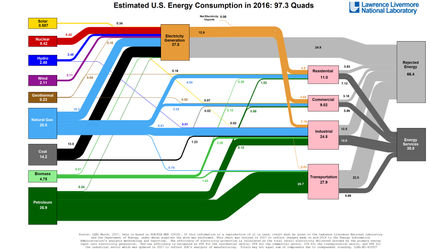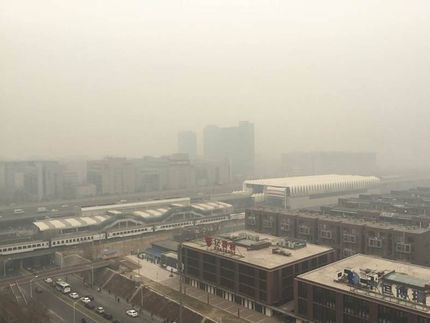Aerosols affect climate more than satellite estimates predict
Advertisement
aerosol particles, including soot and sulfur dioxide from burning fossil fuels, essentially mask the effects of Greenhouse Gases and are at the heart of the biggest uncertainty in climate change prediction. New research from the University of Michigan shows that satellite-based projections of aerosols’ effect on Earth’s climate significantly underestimate their impacts.
The findings are published in Proceedings of the National Academy of Sciences.
Aerosols are at the core of “cloud drops” - water particles suspended in air that coalesce to form precipitation. Increasing the number of aerosol particles causes an increase in the number of cloud drops, which results in brighter clouds that reflect more light and have a greater cooling effect on the planet.
As to the extent of their cooling effect, scientists offer different scenarios that would raise the global average surface temperature during the next century between under 2 to over 3 degrees Celsius. That may not sound like a broad range, but it straddles the 2-degree tipping point beyond which scientists say the planet can expect more catastrophic climate change effects.
The satellite data that these findings poke holes in has been used to argue that all these models overestimate how hot the planet will get.
“The satellite estimates are way too small,” said Joyce Penner, the Ralph J. Cicerone Distinguished University Professor of Atmospheric Science. “There are things about the global model that should fit the satellite data but don’t, so I won’t argue that the models necessarily are correct. But we’ve explained why satellite estimates and the models are so different.”
Penner and her colleagues found faults in the techniques that satellite estimates use to find the difference between cloud drop concentrations today and before the Industrial Revolution.
“We found that using satellite data to try to infer how much radiation is reflected today compared to the amount reflected in the pollution-free pre-industrial atmosphere is very inaccurate. If one uses the relationship between aerosol optical depth---essentially a measure of the thickness of the aerosols - and droplet number from satellites, then one can get the wrong answer by a factor of three to six.”
These findings are a step toward generating better models, and Penner said that will be the next phase of this research.
“If the large uncertainty in this forcing remains, then we will never reduce the range of projected changes in climate below the current range,” Penner said. “Our findings have shown that we need to be smarter. We simply cannot rely on data from satellites to tell us the effects of aerosols. I think we need to devise a strategy to use the models in conjunction with the satellite data to get the best answers.”
The paper is called “Satellite-methods underestimate indirect climate forcing by aerosols.” The research is funded by NASA.































































